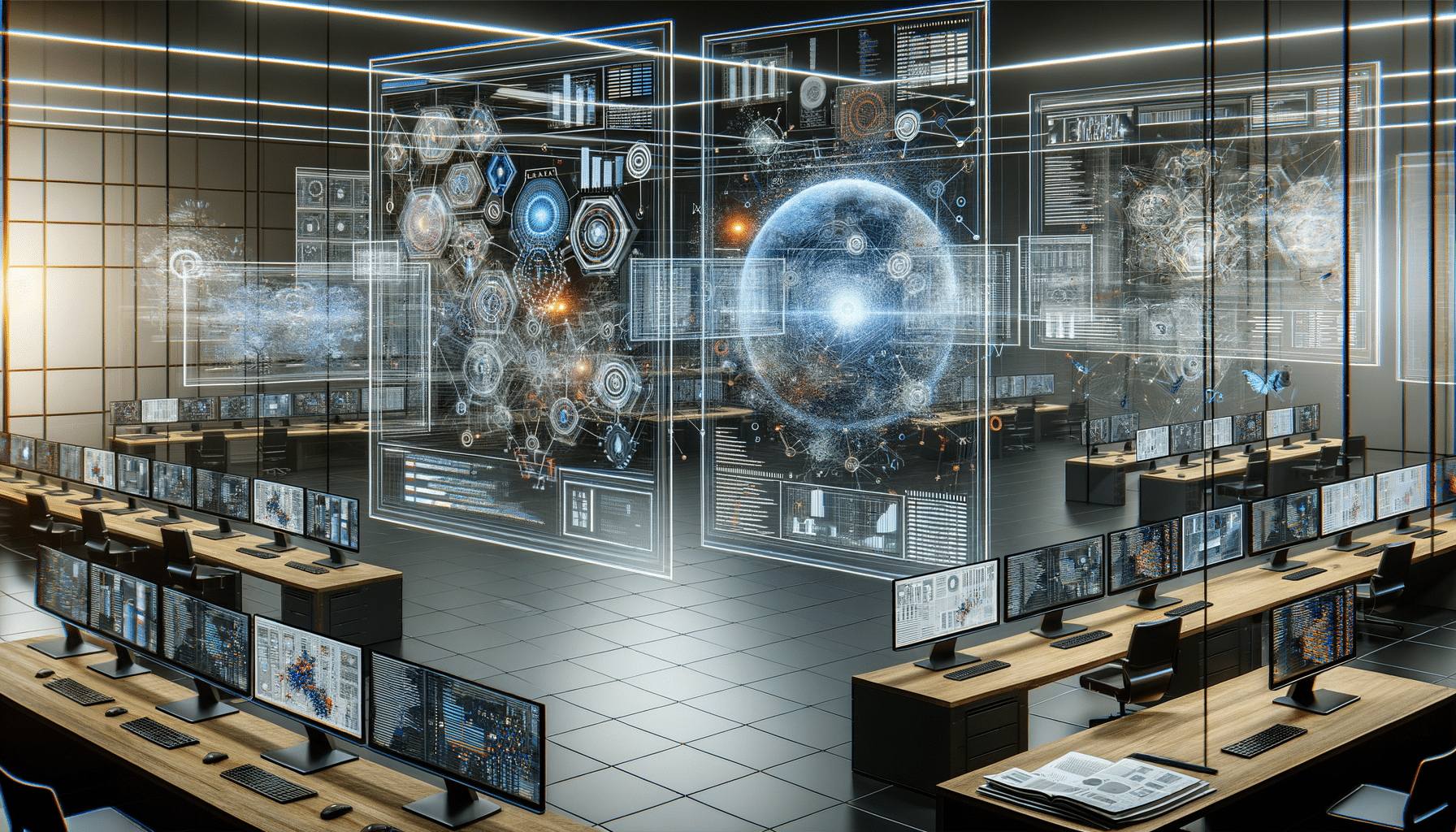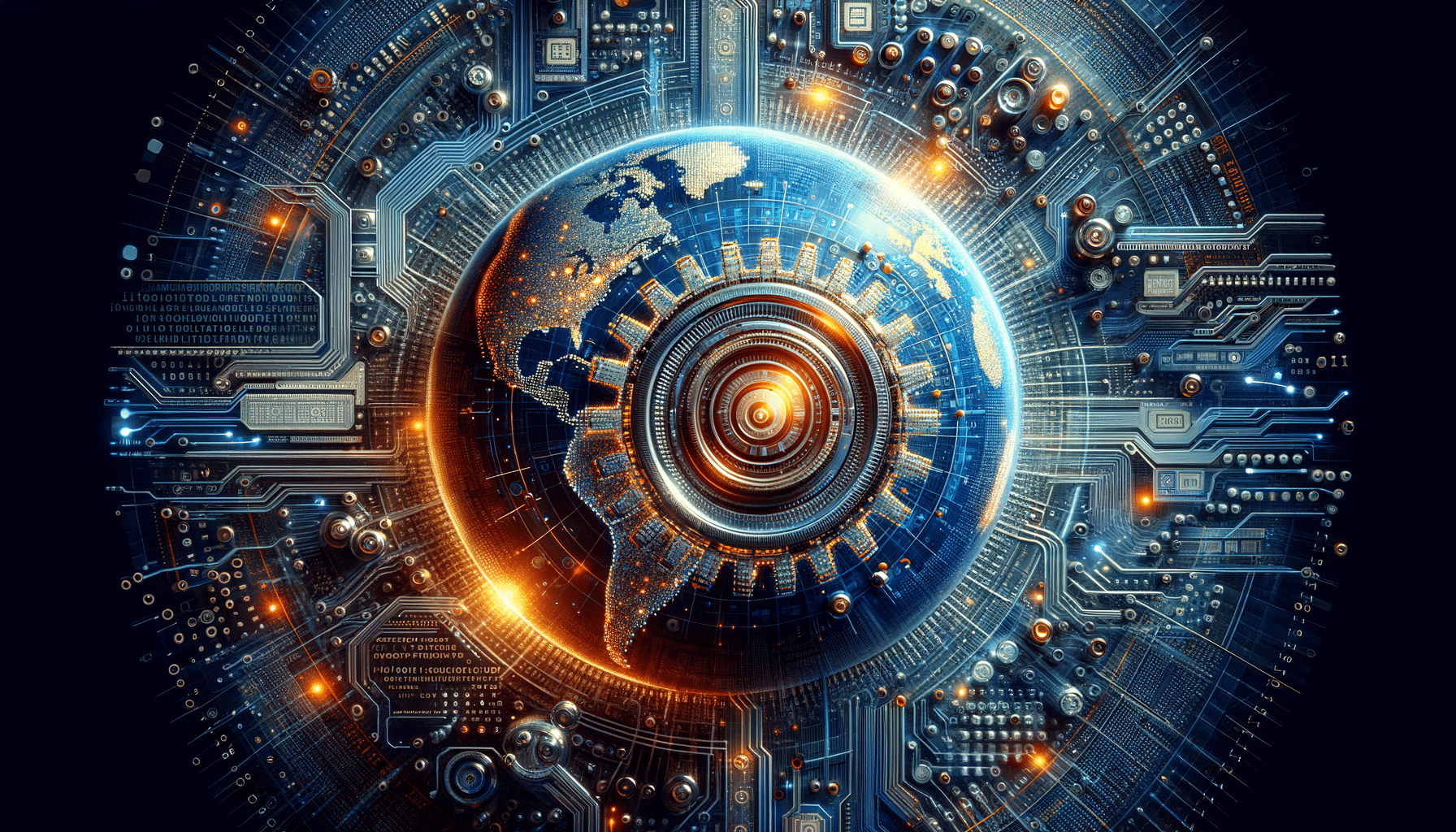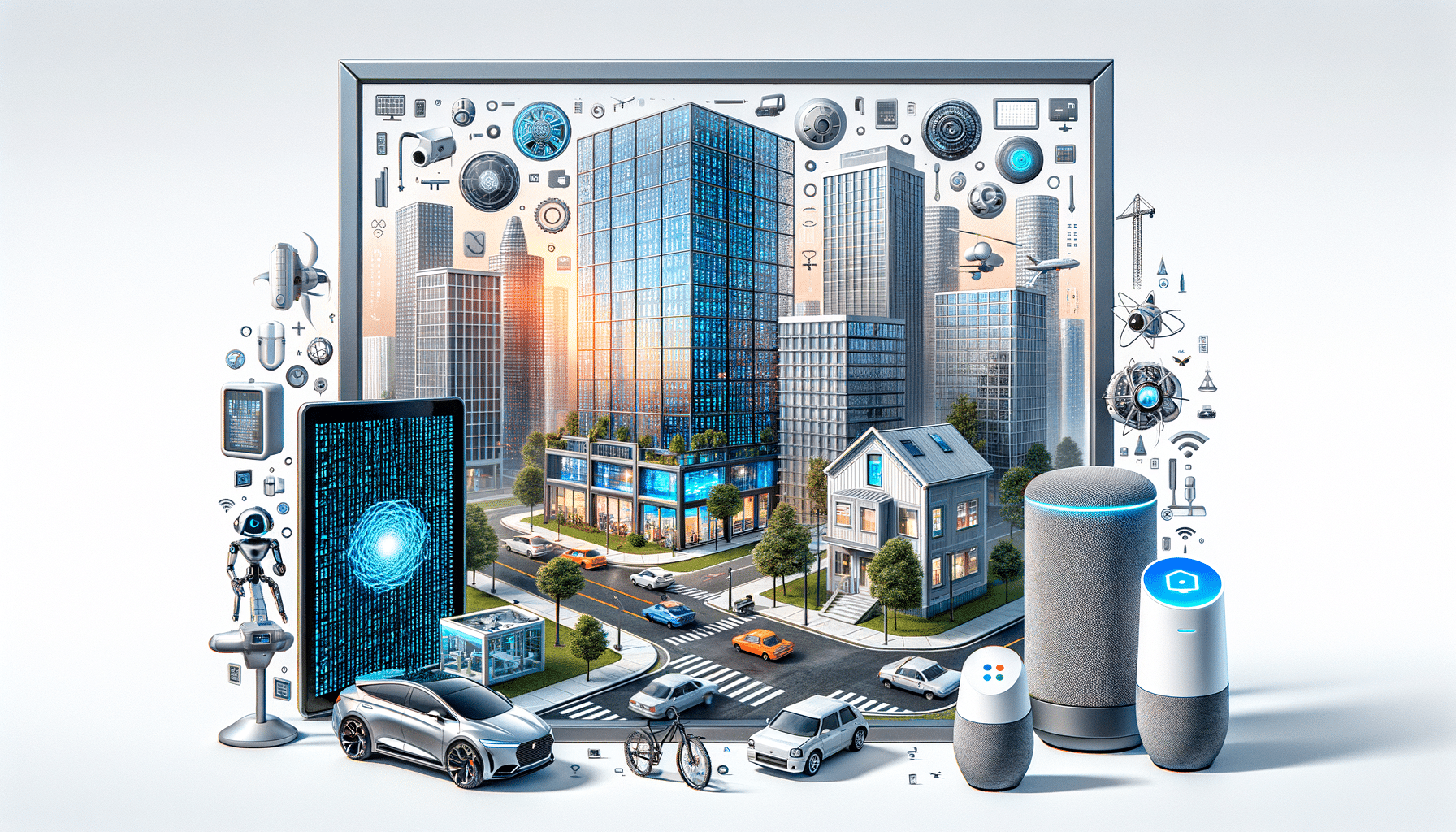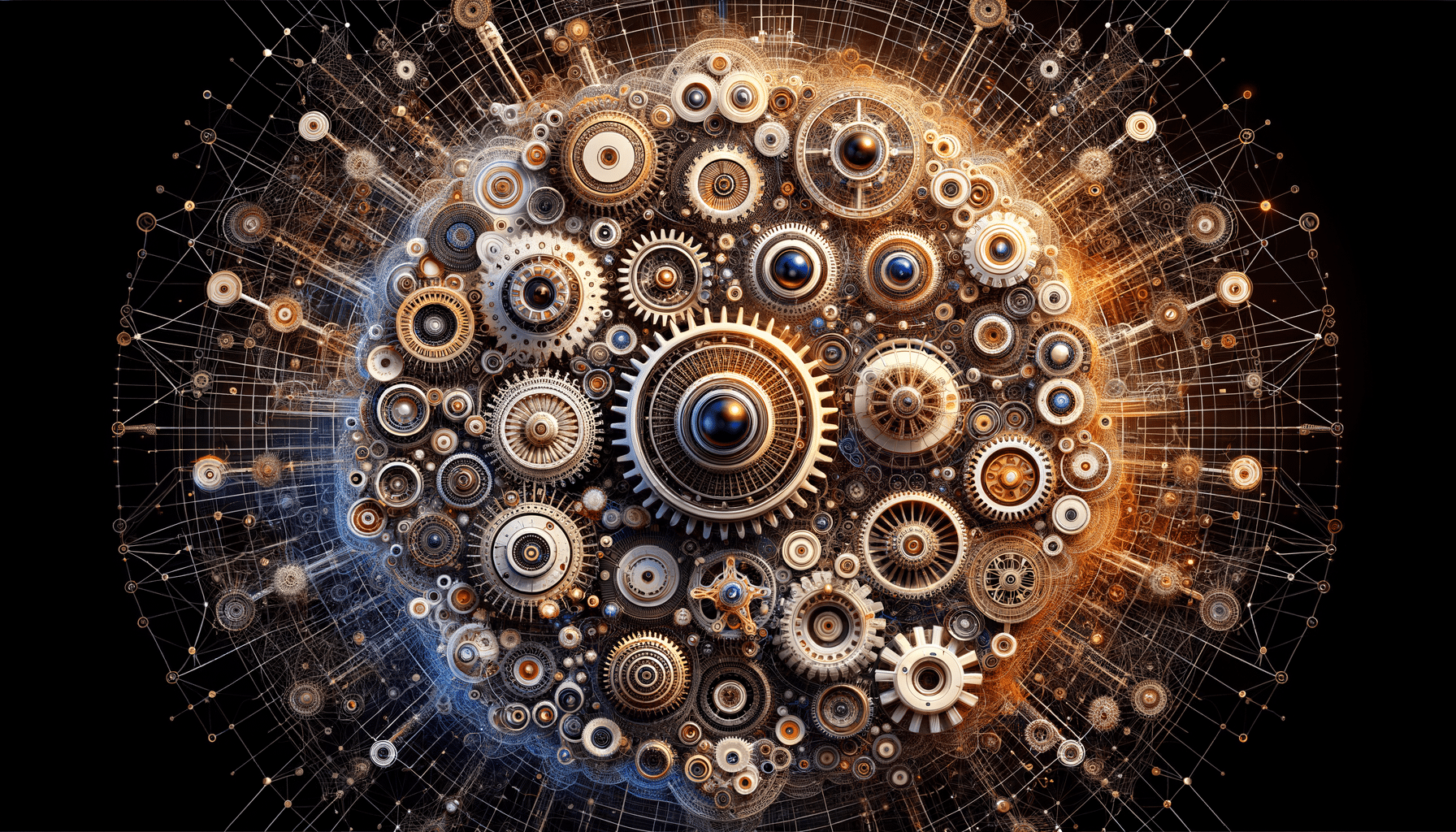
AI-Powered Design Optimization: Revolutionizing Creative Processes
Introduction to AI-Powered Design Optimization
In recent years, AI-powered design optimization has emerged as a transformative force in the creative industries. As technology continues to advance, artificial intelligence is increasingly being integrated into design processes to enhance efficiency, creativity, and precision. This intersection of AI and design not only streamlines workflows but also opens new avenues for innovation. By leveraging machine learning algorithms and data-driven insights, designers can optimize their creations in ways previously unimaginable. This article delves into the significance of AI-powered design optimization, examining its impact on various sectors and highlighting its potential to revolutionize the way we approach design.
The Mechanics of AI-Powered Design Optimization
At the core of AI-powered design optimization lies the ability to process vast amounts of data and identify patterns that inform design decisions. Machine learning algorithms analyze historical data, user preferences, and market trends to suggest design alterations that align with specific goals. This process involves several key components:
- Data Collection: Gathering relevant data from various sources, including user feedback and industry reports.
- Algorithm Development: Creating machine learning models that can identify patterns and predict outcomes.
- Design Iteration: Using AI-generated insights to refine and optimize design elements.
These elements work together to create a dynamic design process that adapts to changing demands and user needs. By automating repetitive tasks and providing data-driven insights, AI enables designers to focus on creativity and innovation.
Applications Across Industries
AI-powered design optimization is making waves across a variety of industries, each benefiting from its unique capabilities. In architecture, AI assists in creating sustainable and efficient building designs by analyzing environmental data and optimizing energy use. In fashion, AI algorithms predict trends and consumer preferences, enabling designers to create collections that resonate with their target audience.
Moreover, in the automotive industry, AI is used to enhance vehicle design by optimizing aerodynamics and safety features. Similarly, in the field of graphic design, AI tools are employed to automate layout adjustments and color corrections, ensuring consistency and quality in visual outputs. These applications demonstrate the versatility of AI-powered design optimization, showcasing its potential to transform traditional design paradigms.
Challenges and Considerations
Despite its numerous advantages, AI-powered design optimization is not without its challenges. One significant concern is the potential loss of creativity due to over-reliance on algorithmic suggestions. While AI can provide valuable insights, it is crucial for designers to maintain a balance between data-driven optimization and creative intuition.
Additionally, ethical considerations must be addressed, particularly regarding data privacy and algorithmic bias. Ensuring that AI systems are transparent and fair is essential for fostering trust and acceptance among users. Designers and developers must collaborate to create AI tools that are not only effective but also ethical and inclusive.
The Future of AI in Design
Looking ahead, the future of AI-powered design optimization is promising. As AI technology continues to evolve, we can expect even more sophisticated tools that enhance creativity and efficiency. The integration of AI in design processes will likely become more seamless, with AI acting as a collaborative partner rather than a mere tool.
Furthermore, as AI systems become more adept at understanding human emotions and preferences, they will play a crucial role in creating personalized design experiences. This evolution will not only benefit designers but also end-users, who will enjoy products and services tailored to their unique needs and desires.
Ultimately, AI-powered design optimization is poised to revolutionize the creative landscape, offering new opportunities for innovation and growth.


